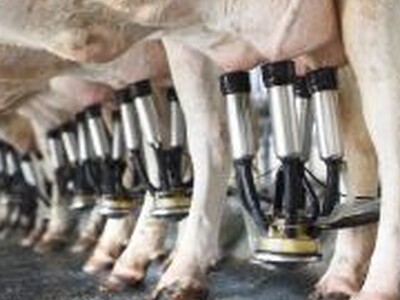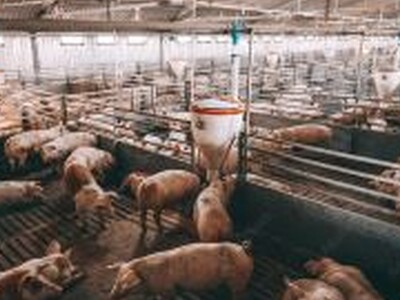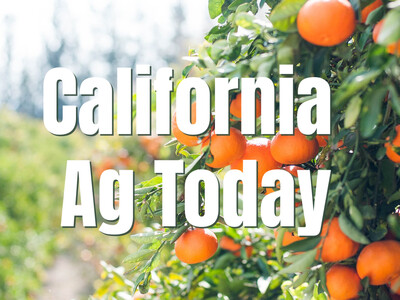Organic Big Business
This year marks the 29th anniversary of the week long observation recognizing farmers and ranchers who grow organic and the businesses connected to that production. Oregon Department of Agriculture Director Alexis Taylor says that across the entire country, there is reason to celebrate:"We obviously have a lot of organic producers, but we're also selling a lot of organic products and foodstuffs."Taking Oregon as an example of a state that is very involved in organic agriculture, statistics show more than 850 certified organic farms, ranches, and agribusinesses with more than 175-thousand acres are in organic production. Oregon leads the nation in production and sales of organic potatoes, snap beans, hazelnuts, and sales only of organic hay. There's one more percentage worth mentioning: "Ninety-one percent of Oregon households buy some organic products. So that's really exciting. There is, I think, a huge demand in Oregon for organic products. It's kind of a piece of that Oregon food plate for families."
"While most sales of organic ag across the United States take place locally, there's a growing demand for what organic producers grow regionally, nationally, and in the export market. Wherever it's sold, organic offers consumers, near and far, high quality and a choice in how they spend their food dollars."
Organic agriculture is big business. "It is a $269 million industry in the state and we have over 850 businesses that are certified organic. So there are a lot of opportunities for farmers, ranchers, for agribusinesses, and then also for consumers."
Finally, organic and conventional agriculture don't need to be mutually exclusive. "Some people are just conventional, some people are just organic. Then we have a whole host of people that do everything in between. Ranching and farming, raising any kind of product– it's really about coexistence and often it's about coexistence within your own farm boundaries and we see that all the time.


















